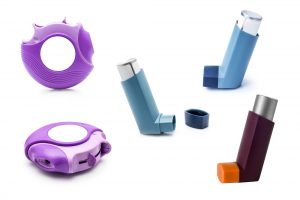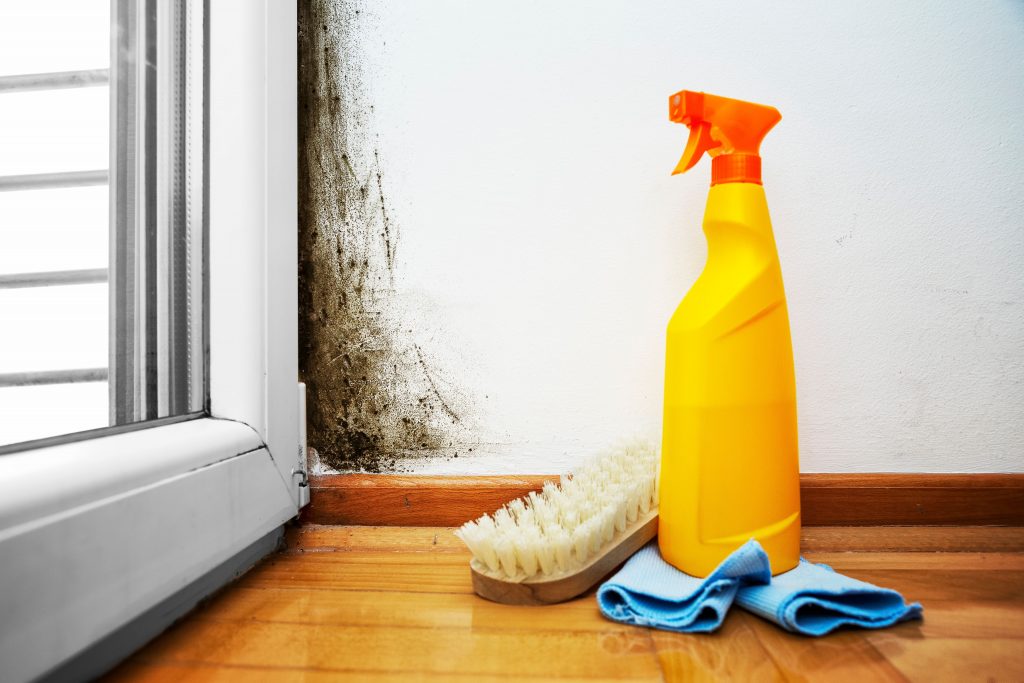How to treat an Asthma Attack
Medically Reviewed by Dr
Last updated on 02.05.2022
A severe asthma attack can be a very frightening experience both for the person themselves, and for those caring for them. During winter, more respiratory viruses are circulating in the community and emergency services are often very busy, so it may take longer than usual for an ambulance to arrive. And in certain weather conditions, such as thunderstorms, bushfires or an unusually high pollen count, large numbers of people may get asthma attacks at the same time, placing extra pressure on ambulance and hospital services. So, it’s essential to know asthma first aid, and for asthma sufferers to know their asthma action plan.
What are the symptoms of an asthma attack?
An asthma flare-up can come on gradually over hours or days, or more suddenly over a few minutes. A severe or sudden flare up of asthma symptoms is often referred to as an asthma attack.
Mild to Moderate Asthma
A mild to moderate asthma flare up usually presents as minor difficulty breathing or chest tightness, sometimes with a cough or wheeze, but it should still be possible to move around and speak in full sentences without a problem. Asthma first aid should be started (see below)
If a person has symptoms of severe or life-threatening asthma, an ambulance should be called immediately AND asthma first aid should also be started.
Severe Asthma
Symptoms of a severe asthma attack or flare-up include:
- Obvious difficulty breathing
- Unable to speak a full sentence in one breath
- Cough and wheeze may be present (but not always)
- Usual reliever inhaler not working as well as usual
- Tiredness or exhaustion from trying to breathe properly
If severe asthma is thought to be present, call Triple Zero 000, and ask for an ambulance. Asthma first aid should ALSO be started (see below)
Life-threatening Asthma
Symptoms of a life-threatening asthma attack include:
- Gasping for breath, only able to get a few words between breaths
- Looking pale or blue
- Collapsing/fainting/exhausted
- Usual reliever inhaler not working
- Confusion
- Sometimes the wheeze and cough may stop (as the person is weakening, and the muscles used for breathing and coughing are able to make less of an effort)
If these symptoms occur, call Triple Zero 000 and ask for an ambulance AND start asthma first aid (see below)
How to treat an asthma attack – Asthma First Aid
- Sit the person upright and stay with them
- Give 4 individual puffs of reliever inhaler (usually a blue or grey puffer)
- You shake the puffer, spray 1 puff into a spacer and the person takes 4 breaths via the spacer.
- Do this 4 times in total. So it’s SHAKE, 1 PUFF, 4 BREATHS- do this 4 times.
- If there is no spacer available, the inhaler should just be directly inhaled by mouth.
- Wait 4 minutes (time it). If no improvement, give 4 more puffs the same way.
- In adults, for a severe attack, 6 to 8 puffs can be given every 4 minutes.
- If still no improvement call Triple Zero 000 (unless you’ve already done so) and ask for an ambulance, say it is an asthma emergency.
- Keep giving 4 puffs every 4 minutes till the ambulance arrives.
If you have more questions about asthma management or developing an asthma action plan, speak to your GP.
And if your child needs an asthma action plan renewed for school, Qoctor can help- start HERE.
Further Patient Resources
ACL injuries & tears
ACL injuries & tears The knee has two ligaments inside the joint, that stabilise it when we are moving forwards or backwards. These are called the anterior and posterior cruciate ligaments. The anterior cruciate [...]
What is a fractured penis?
What is a fractured penis? Although the penis doesn’t have a bone in it, it can be fractured! A fractured penis occurs when the spongy tissue that swells during [...]
Could your home be causing asthma and allergies?
Could your home be causing your Asthma? Overview Our homes are not just a roof over our heads- they play a key role in our health, particularly when it [...]
How to fix an ingrown toenail
How to get rid of an ingrown toenail What is an ingrown toenail? Ingrown toenail is an extremely common condition which occurs when the inner or outer side of [...]
On a vegan diet?- some important things you should know
Vegan diet- a beginner's guide What is a vegan diet? A vegan diet, also known as plant-based, describes one that avoids any animal products. There are many subtypes of [...]
How to get rid of Jock Itch
How to get rid of Jock Itch What is Jock Itch? Jock Itch is a common name for the medical condition also known as "Tinea Cruris". Jock Itch is [...]










